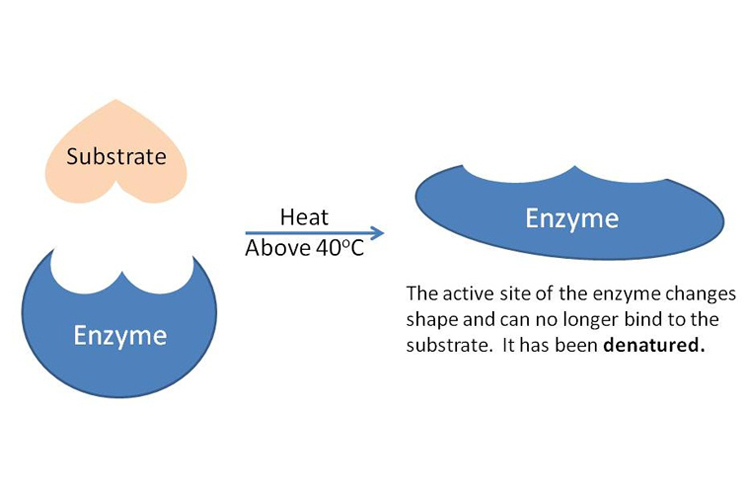What are some internal environmental factors that directly influence the rate of enzyme action?
1 Answer
Explanation:
High internal temperatures above 39 degrees Celsius, example as a result of hyperthermia, can denature and destroy enzymes, rendering them useless.
Low internal temperatures below 34 degrees Celsius, example due to hypothermia, can deactivate enzymes ad freeze their ability to act.
In general, the higher the temperature, the higher the rate of the reaction, but up to a certain limiting point.
Plasma levels being too acidic or alkaline for a particular enzyme action can also inhibit enzyme action.
The more finely ground a sold is, the higher is the rate of the reaction.
According to the particle model of matter, as pressure increases, so do number of collisions and hence average kinetic energy of particles is higher and so is temperature and hence so is reaction rate.
Catalysts speed up reactions, inhibitors slow it down.
Viruses and bacteria interfere with protein synthesis and hence can interfere with enzyme action since enzymes (and hormones which work together with some enzymes) are proteins.
Here is an illustration demonstrating one of the influential factors of enzyme denaturation:


